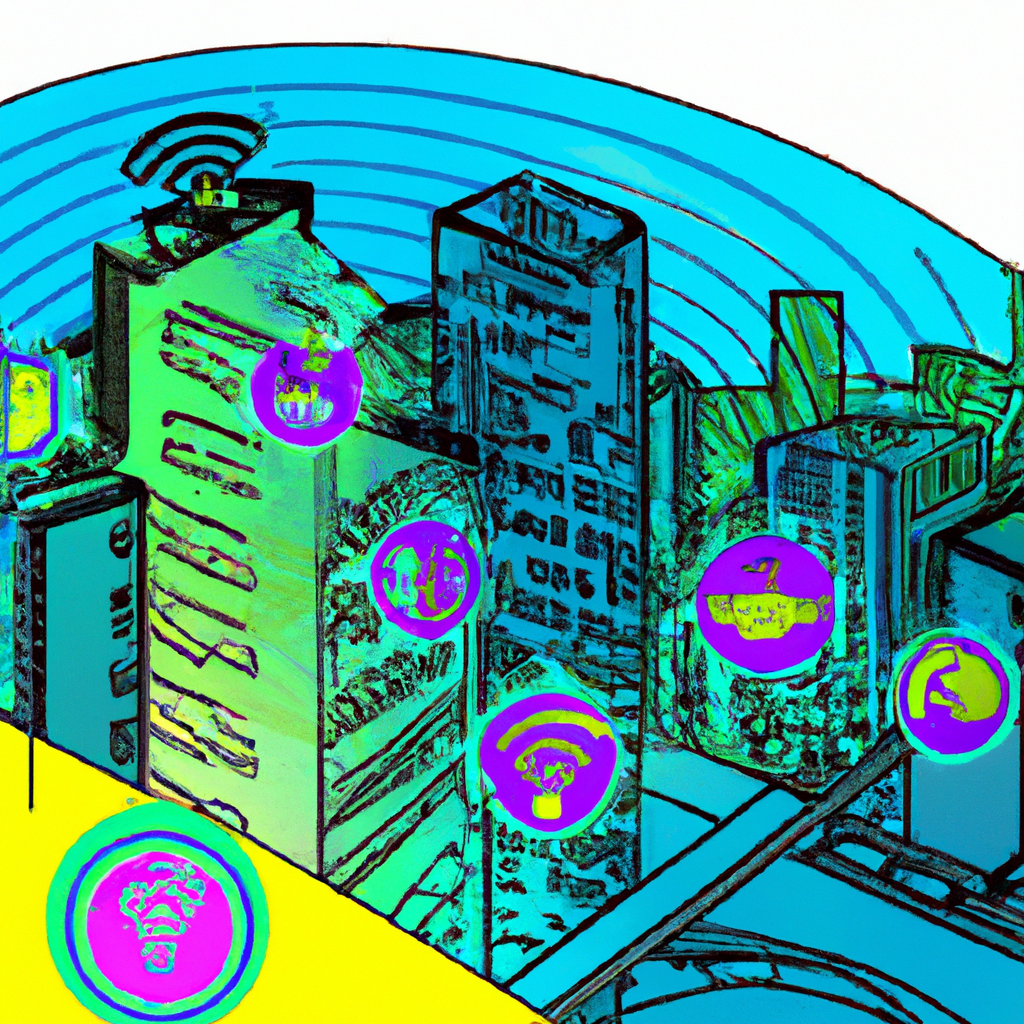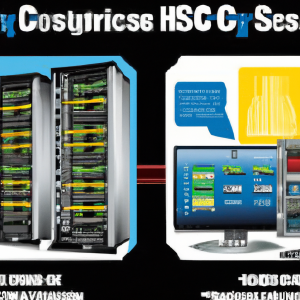Exploring the Potential of Edge Computing in IoT and Smart Cities
With the rapid growth of IoT (Internet of Things) devices and applications in smart cities, the need for efficient and real-time data processing has become more critical than ever. Edge computing is emerging as a powerful solution to address this challenge, offering the ability to process data closer to where it is generated, reducing latency and enabling faster decision-making.
What is Edge Computing?
Edge computing refers to the practice of processing data closer to where it is generated, rather than relying on centralized cloud servers. By moving computation closer to the source of data, edge computing can reduce latency, improve efficiency, and enhance security in IoT applications.
The Role of Edge Computing in Smart Cities
In smart cities, edge computing plays a crucial role in enabling real-time data processing for various applications, such as traffic management, public safety, energy efficiency, and environmental monitoring. By deploying edge computing resources at the network edge, cities can reduce network congestion, minimize latency, and improve overall system performance.
- Improved Latency: Edge computing can significantly reduce latency by processing data closer to where it is generated, enabling faster response times for critical applications.
- Enhanced Security: By processing sensitive data locally at the edge, edge computing can improve security and privacy, helping to protect against cyber threats and unauthorized access.
- Scalability and Flexibility: Edge computing allows for greater scalability and flexibility in deploying IoT applications, making it easier to adapt to changing requirements and environments.
Challenges and Opportunities
While edge computing offers many benefits for IoT and smart cities, there are also challenges that need to be addressed, such as network reliability, data management, interoperability, and security. However, with the right strategies and technologies, these challenges can be overcome, opening up new opportunities for innovation and efficiency in smart city applications.
Conclusion
Edge computing has the potential to revolutionize IoT and smart city applications by enabling real-time data processing, minimizing latency, and improving system performance. As smart cities continue to evolve and grow, the integration of edge computing technologies will play a critical role in enhancing efficiency, security, and sustainability in urban environments.




